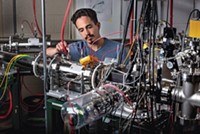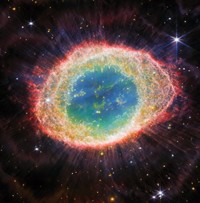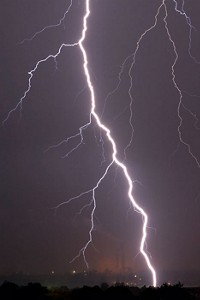Advertisement
Grab your lab coat. Let's get started
Welcome!
Welcome!
Create an account below to get 6 C&EN articles per month, receive newsletters and more - all free.
It seems this is your first time logging in online. Please enter the following information to continue.
As an ACS member you automatically get access to this site. All we need is few more details to create your reading experience.
Not you? Sign in with a different account.
Not you? Sign in with a different account.
ERROR 1
ERROR 1
ERROR 2
ERROR 2
ERROR 2
ERROR 2
ERROR 2
Password and Confirm password must match.
If you have an ACS member number, please enter it here so we can link this account to your membership. (optional)
ERROR 2
ACS values your privacy. By submitting your information, you are gaining access to C&EN and subscribing to our weekly newsletter. We use the information you provide to make your reading experience better, and we will never sell your data to third party members.
Physical Chemistry
Lost Lithium Located
Researchers restore confidence in standard picture of universe's birth by accounting for missing element
by Sarah Everts
August 9, 2006
| A version of this story appeared in
Volume 84, Issue 33

You may not have known it was missing, but half of the universe's lithium has just been accounted for, to the profound relief of researchers embroiled in what astrophysicists call the "cosmological lithium crisis."
In the moments just after the Big Bang, the newborn universe acted as a nuclear fusion reactor, creating large quantities of hydrogen, helium, and—to a lesser extent—lithium. But when cosmologists compare the amount of lithium present in old stars with the amount predicted by otherwise reliable models of Big Bang nucleosynthesis, they come up short—by more than a factor of two.
With the validity of these models of the universe's origin in question, Andreas J. Korn from Uppsala University, in Sweden, and an international team of scientists took a closer look at a globular cluster of stars some 7,200 light-years away from Earth.
They found that as stars become older, lithium and other elements diffuse toward the center of the star under the force of gravity. While convection forces eventually push many of the elements back to the surface, lithium faces a more sinister end (Nature 2006, 442, 657).
"Lithium is a fragile element," Korn says. As it diffuses toward a star's scorching center, the element breaks apart because it cannot withstand temperatures in excess of 2.5 million K. Lithium-7 is unstable because its nucleus has little symmetry, three protons and four neutrons, Korn says. "It would much rather form the supersymmetric and superstable helium nucleus, with two protons and two neutrons."
Korn and colleagues tracked down the missing lithium by comparing spectral signatures of 18 stars in the NGC 6397 cluster. The stars have identical ages and initial elemental compositions because they were formed at the same time. They are, however, in different stages of stellar evolution, which is dictated by a star's mass: Faster evolution occurs in more massive stars.
Diffusion theory predicts less evolved dwarf stars will still have elements diffusing toward the center, while the more evolved red giant stars have their surface elements in equilibrium because convection has run its course. Measuring the element spectra with great accuracy in these stars pointed the researchers to the "smoking gun of diffusion," which accounted exactly for the missing lithium.
"For a stellar spectroscopist, lithium is not one of the most interesting elements; normally we'd rather look at carbon, magnesium, or iron, which have many spectral features," Korn admits. "But here it restores confidence in Big Bang nucleosynthesis, quantitative spectroscopy, and sophisticated stellar evolution models."
"Thanks to Korn et al., the cosmological lithium crisis is probably over," writes Corinne Charbonnel, of the Observatoire de Genève, in an associated Nature commentary.
She stresses that Korn's insight restores confidence in the standard picture of Big Bang nucleosynthesis and gives "fresh impetus for researchers working to increase the sophistication of stellar models."






Join the conversation
Contact the reporter
Submit a Letter to the Editor for publication
Engage with us on Twitter